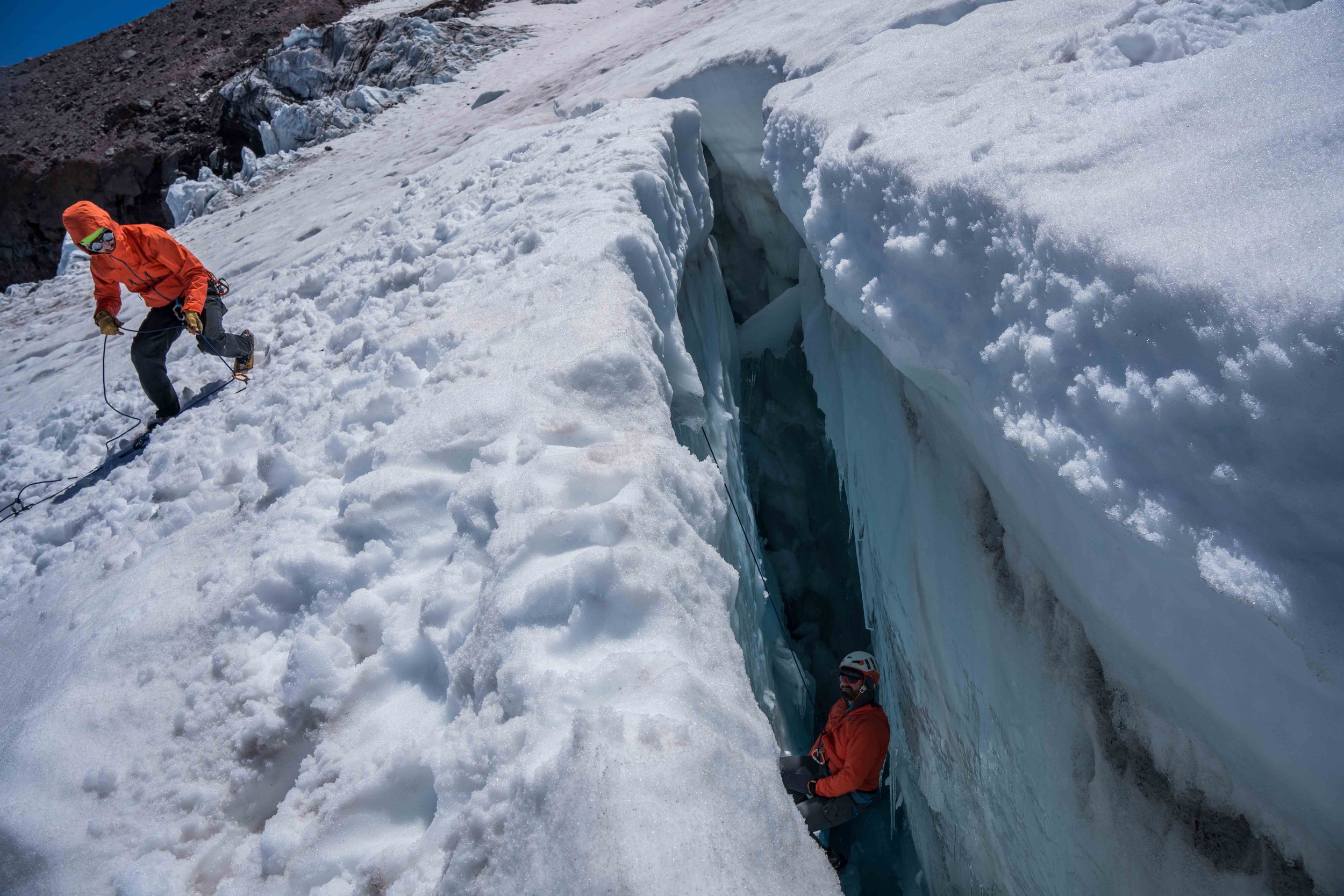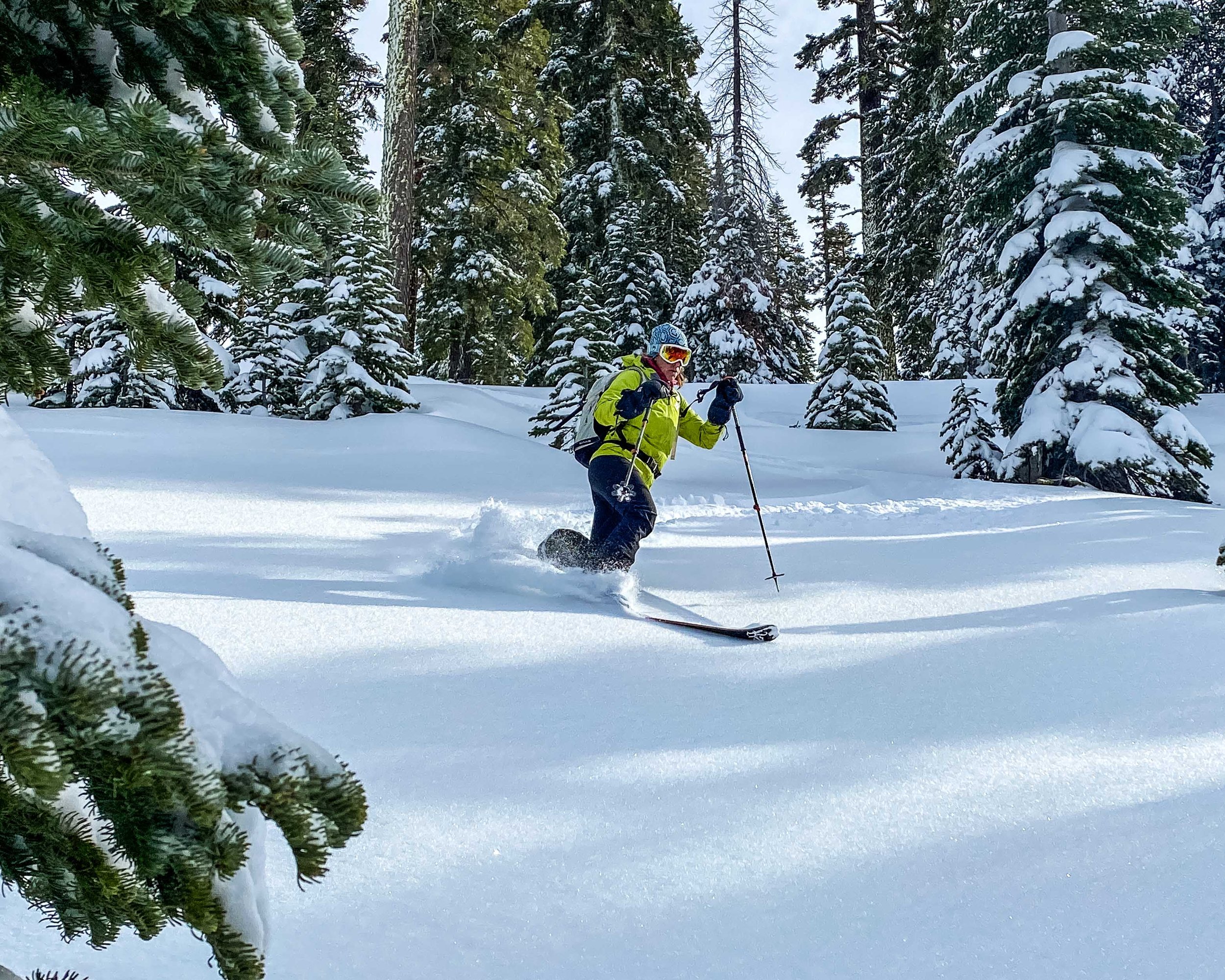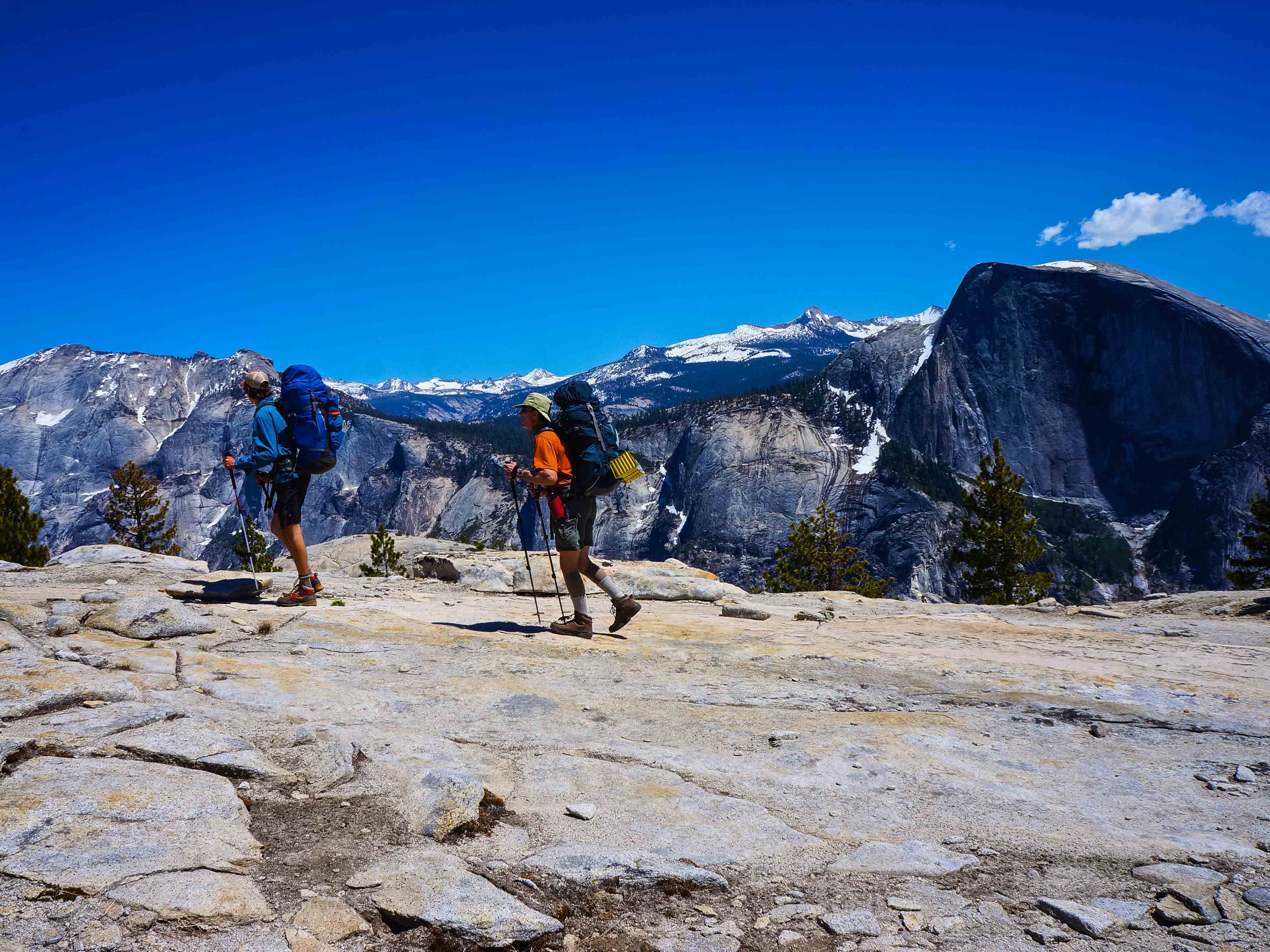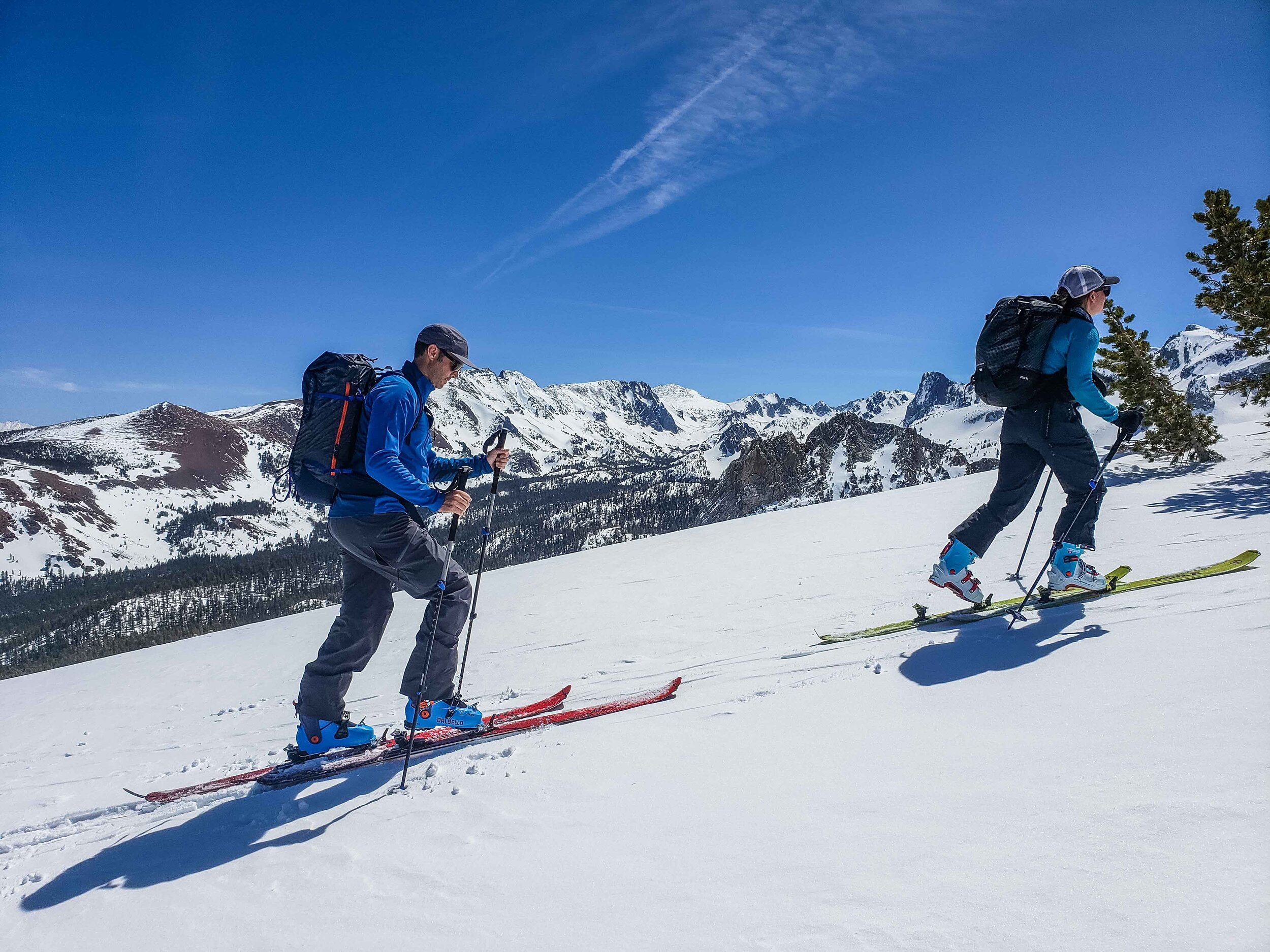How to climb Mount Shasta… What does it take? A guide for beginner mountaineers
/Mount Shasta, California’s spectacular 14,179 foot volcano rises above the surrounding forests and lakes like a white beacon. Seen by many on the drive North into Oregon, Mount Shasta has been the goal of many beginner climbers as their first big mountaineering challenge. But what does it really take to successfully climb Mount Shasta?
First off, there is the physical preparedness required. The climb of Mount Shasta from trail head to summit is about 7,000 vertical feet, and that’s a lot of vertical. In mountaineering we don’t use mileage much because it just doesn’t tell the real story. It is only about 4-5 miles to the summit but the vertical is what matters and that vertical rise is not much on trail and does involve steep snow climbing and travel across loose rocks with sometimes challenging footing. The combination of those two elements mean you will use a lot more energy that your normal hiking adventure. You must be in excellent physical shape with a high aerobic level to have a good chance of success on reaching Shasta’s summit. Aerobic training and a lower resting heart rate is key to Shasta summit success.
What type of previous experience do you need to climb Mount Shasta? Hiking experience of course. But not just easy trail hiking as there really is no trail to the summit of Shasta. The most important skill you must possess is the ability to efficiently walk on steeper uneven terrain. We are talking about off trail, looser terrain with perhaps some loose rocks and sand. Experience hiking on low angle and safe snow slopes helps as well. Previous experience carrying an overnight backpack in the wilderness on a backpacking trip also helps a lot as there is the need to carry such a pack to the base camp on Mount Shasta.
Climbing mount shasta
Pacing yourself is key. The proper pace to climb a large mountain such as Shasta is slow and steady. And we mean steady. A pace that you can maintain for about an hour without stopping is about right. The method charging for a few minutes and then stopping to catch your breath will tire you out before you know it. Slow is fine. Stopping a lot is not. A rhythmical almost metronome pace is perfect and will slowly whisk you up the mountain.
On a guided beginner climb on Mount Shasta it is not necessary to have any previous experience using ice axe and crampons because we will teach you the skills necessary for your climb. If you are attempting Mount Shasta without a professional mountain guide or a very experienced friend who can teach you, you must have previous snow climbing experience using an ice axe and crampons. To climb the steep snow slopes of Mount Shasta without any knowledge of the climbing skills required could be putting yourself in more danger than you realize.
A knowledge of the outdoors and some level of ‘mountain sense’ is also very important if climbing Shasta in your own. Knowing how to read weather and snow conditions is key as well as basic mountain navigation. Every year, someone gets lost on the flanks of Mt Shasta due to getting trapped in weather and low visibility and becoming disoriented. Knowing when to turn around is paramount and one of the most important mountaineering skills to have. However, under the leadership of a professional mountain guide on Shasta you don’t necessarily need the mountain sense skills as your Shasta guide can make those decisions for you.
All in all, Mount Shasta is a fantastic big mountain experience and one of the best first big mountain climbs you can do. The climb is strenuous and not always ‘fun’, but the outstanding views and rewards are worth the effort. Always remember that the journey and the experience is what should come first and not the actual summit. Summitting Mount Shasta is optional. Getting down safely is mandatory.
by IFMGA mountain guide Dave Miller
Dave has been guiding on Mount Shasta for the past 24 years and has over 80 summits of Shasta. Dave is also the founder of IAG
Looking for a guided climb of Mount Shasta? Check out all of our Mount Shasta Climbs and Courses













































































